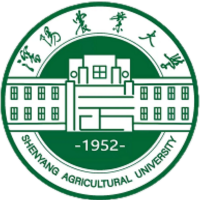分享到
我国棉花主产区变化与地膜残留污染研究
2021
期刊
华中农业大学学报
- 卷 40
- 期 6
- DOI: 10.13300/j.cnki.hnlkxb.2021.06.00



